It's no secret that Mount Fuji is a famous and iconic symbol of Japan. It's a massive volcano that reaches 3,765 meters in height and has a nearly perfect shape. Around 300,000 people visit it every year and even more explore the areas nearby. Mount Fuji a must-see natural landmark in Japan
Now, if you're contemplating your visit to Mount Fuji, you're probably curious about the best ways to experience this sacred mountain up close, whether you're planning to conquer its summit or simply want to admire it from a distance, capturing those inspiring moments through your lens.
Well, fret not, for we're here to provide you with essential information that will guide you on your Mount Fuji adventure. Whether you're seeking the perfect mountain views for your 'gram, looking for tips on the best time to visit, or hoping to learn about the mountain's rich history and cultural significance, we've got you covered.
So, let's embark on this journey together and discover the wonders Mount Fuji offers.
Whether you're an adventurous climber or a passionate photographer, something truly special awaits you at this iconic peak.
Looking for more activities to do in Japan?
Can a beginner climb Mount Fuji?
Absolutely, climbing Mount Fuji is a famous activity among first-timers! While it's considered a very attainable climb for novice hikers, it's essential to be adequately prepared to ensure a safe and enjoyable experience. Here are some key points to keep in mind:
- Physical Fitness: The Fuji Mountain ascent from the 5th station of the Fuji-Yoshida trailhead to the highest point takes about 6 hours. Therefore, having a reasonable level of fitness is advisable. Engaging in some physical preparation before your climb, such as cardio exercises and leg strength training, can be beneficial.
- Know Your Limits: Being aware of your physical limits is crucial. Don't rush the climb; take it at your own pace. Altitude sickness can affect anyone, regardless of experience, so pay attention to how your body is reacting to the changing altitude. Consider staying overnight at one of the mountain huts on Mount Fuji. This allows your body to acclimatize to the high-altitude environment, reducing the risk of altitude sickness.
- Trail Conditions: Be prepared for different conditions depending on your chosen trail. For instance, the Yoshida Trail includes a zigzag path that can be dusty and slippery. Take precautions, especially on the descent, to avoid accidents.
Keep in mind that climbing Mount Fuji offers not only a rich cultural experience but also a physical challenge. From the beginning of time till the present, it has been a sacred location and a well-liked destination. Accept the adventure, savour the breathtaking scenery, and create priceless memories. Beginners can climb this famous peak with the appropriate gear and attitude.
What is the best way to experience Mount Fuji?
Experiencing Mount Fuji is a memorable adventure, and there are several ways to make the most of your visit. Here are some of the best ways to experience Mount Fuji:
Climbing: One of the most iconic ways to experience Mount Fuji is by climbing to its summit. The official climbing season typically runs from early July to mid-September. Climbing to the summit allows you to witness breathtaking sunrise views.
Visit the Fifth Station: If you prefer not to climb all the way to the summit, you can visit one of the mountain's 5th stations. These are accessible by road and provide stunning views of the surrounding landscape.
Arakurayama Sengen Park: This park is famous for its picturesque view of Mount Fuji framed by a red pagoda. It's especially stunning during cherry blossom season in April.
Hot Springs (Onsen): Relax in an onsen with a view of Mount Fuji. There are several hot spring resorts in the region where you can soak in thermal baths while gazing at the mountain.
Fuji Five Lakes: Explore the Fuji Five Lakes area, which includes Lake Kawaguchi, Lake Yamanaka, Lake Saiko, Lake Motosu, and Lake Shojiko. Each lake offers unique views and recreational activities like hiking and cycling.
Festivals and Events: Check the local event calendar for festivals like the Fuji Shibazakura Festival (featuring pink moss flowers) and other cultural events that celebrate Mount Fuji.
Fuji-Q Highland: If you're traveling with family or thrill-seekers, consider a visit to Fuji-Q Highland amusement park, which offers thrilling rides and scenic views of Mount Fuji.
Want more convenience in visiting Mt Fuji?
Consider joining a guided tour that takes you to some of Mount Fuji's best viewpoints and attractions. Local guides can provide insights into the mountain's history and culture.
It’s totally understandable that you’d prefer to be in someone else’s capable hands when venturing out of the area. Fortunately, joining an organised tour means you can be guided from Tokyo to Mount Fuji and back again, so you don’t lose your bearings.
With Klook’s Mount Fuji Classic Day Tour, you will have free time at Lake Kawaguchi after enjoying some matcha tea. From here, you will visit the Kitaguchi Hongu Fuji Sengen Jinja shrine before spending some time exploring the quaint village of Oshino Hakkai.
If you want to hit all the right photogenic spots in one day - take a day tour of Mount Fuji. All your transport is taken care of, with stops at all the right places.
How long should I spend in Mount Fuji?
Exploring the Mount Fuji area can vary depending on your interests and the experiences you want to have. Here's a breakdown of suggested durations:
- Single-Day Visit: If you're short on time, a single-day trip from Tokyo to Mount Fuji is entirely feasible. You can get a good first impression of this iconic mountain and its surroundings within this time frame.
- Two to Three Days: For a more immersive experience, consider dedicating 2 or 3 days to the Mount Fuji area. This extended visit allows you to engage in activities like hiking, climbing, relaxing in an onsen (hot spring), visiting shrines, and increasing your chances of enjoying spectacular views of the national park.
Ultimately, the duration of your stay should align with your preferences and the experiences you wish to have. Whether it's a brief day trip or a more leisurely multi-day excursion, Mount Fuji offers a range of captivating sights and activities for all types of travelers.
When is the best time to visit the Sacred Mountain?
The best time to visit Mount Fuji largely depends on your desire for clear views of the mountain. Here are some details on the ideal times:
- November to February: This period is generally considered the best time to visit Mount Fuji for clear views. The weather tends to be clearer during these months, increasing your chances of getting unobstructed views of the mountain. Early mornings offer the best visibility, so consider planning your visits during this time.
- April and May: During these months, Mount Fuji becomes adorned with pink moss at its base, making it easier to spot even from a distance. This phenomenon is especially captivating and can be experienced as part of the Fuji Shibazakura Festival.
- June to August: These are the most challenging months to see Mount Fuji due to cloud cover. It's less likely to have clear views during this period.
It's important to note that despite its height, Mount Fuji can be obscured by clouds, so praying for a clear day is advisable. Additionally, if you're in Tokyo, you might catch a glimpse of Mount Fuji on exceptionally clear days when there are no clouds in sight.
What is the best way to visit Mount Fuji from Tokyo?
The most convenient and hassle-free way to reach the breathtaking Mount Fuji is by train. Here are some options to consider:
- JR Chuo Line and Fujikyu Railway: Start your journey by boarding the JR Chuo Line at Shinjuku Station. Your destination is Otsuji Station, where you'll make a transfer to the Fujikyu Railway bound for Kawaguchiko Station. This route provides a straightforward and efficient way to reach Mount Fuji.
- Odakyu Line and Hakone Tozan: For a more diverse travel experience, you can opt for a combination of transportation methods. Start by taking the Odakyu line train from Shinjuku. Upon arrival at your transfer point, you can choose either the Hakone Tozan bus or train, both of which will lead you to the magnificent Mount Fuji.
- Fuji Excursion Train: The Fuji Excursion train, introduced in 2019, offers perhaps the most convenient and streamlined option. It whisks you directly from Tokyo to Kawaguchiko without requiring any train changes. An added perk is that the JR East Pass covers this journey's cost, making it a cost-effective choice.
Whichever route you select, you're in for a remarkable adventure to Mount Fuji, where you'll witness inspiring vistas and create lasting memories. Safe travels!
Looking for a more convenient way to Mount Fuji?
Where is the best photo spot with the Fuji Mountain view?
Depending on your time constraints, budget, and personal interests, there are a number of ways and places from which to view this magnificent mountain. Some of them will also enable you to see two Japanese tourist attractions in one hit, which is a great way to save time if you’re following a strict itinerary.
Lake Kawaguchi
The northern side of Mount Fuji is home to Fuji Goko (aka Five Lakes of Fuji). The five lakes comprise the Kawaguchiko, Motosuko, Saiko, Shojiko, and Yamanakako lakes.
Of all of these lakes, the most famous has to be Lake Kawaguchi, and fortunately for tourists, it’s the easiest one to get to as well. This location generally provides the best place to get a ‘gram-worthy shot of the mountain.
Lake Yamanaka
Lake Yamanaka, the largest of all the lakes, also sits on the northern side and provides uninterrupted mountain views, with the picturesque lake at the forefront. Here, you can rent a bike from just near the bus stop and get to know the beautiful surroundings by cycling around the lake.
Lake Sai
Lake Sai offers a great vantage point after a thirty-minute hike if you'd like to earn your stunning views. Based around the mountain's western side, Koyo-Dai is a lookout point between the lake and the Fuji Panorama Line. On the way, there’s a cool (literally) ice cave (Narusawa Hyoketsu) and also a wind cave (Fugaku Fuketsu). If you’ve purchased a Mount Fuji Pass, entry to these areas is included.
Lake Shoji
For more energetic hikers, a four-hour return trek named Panorama Dai will provide views of Mount Fuji and Lake Shoji, the smallest of the Five Lakes. It is often thought that Lake Shoji provides some of the best photo opps and given it’s a little harder to access, your unique shot will have those followers double-tapping in no time.
Lake Motosu
If you hold up a 1000 yen note at Lake Motosu, you will be able to see the same clear view printed on the currency. Although it is the hardest lake to access, it is worth the two-hour round trip on foot, and, time permitting, this is one viewpoint that shouldn’t be missed.
Mount Fuji Fifth Station
If you want to get a bit closer to Mount Fuji but aren’t keen on climbing to the summit, visiting Mount Fuji's 5th Station is the next best thing. Towering at 2,300 metres above sea level, the Mount Fuji 5th Station marks the halfway point of Mount Fuji, and here you’ll also see the trekkers as they embark on their way up to the peak. You can make your own way here by catching the Fujikyu bus to the Fuji Subaru Line 5th Station.
Chureito Pagoda
If you’ve seen photos of Mount Fuji framed by cherry blossoms and traditional Japanese architecture, there’s no doubt they were taken at Chureito Pagoda. To see this view in real life, you’re best to visit in the morning when Mount Fuji is free from clouds, and the area is free from crowds.
Mount Fuji Panorama Ropeway
If you’d prefer to see the mountain from up high, you can take a ride on the Mount Fuji Panorama Ropeway (also known as the Kachi Kachi Yama Ropeway). The cable car ride departs from the eastern shore of Lake Kawaguchiko, and if you hold a Mount Fuji Pass, your trip is included.
For those who would prefer to walk to the same point the ropeway reaches, you can choose to hike up instead. It’s not as long of a walk as you’d think, with the return trip taking just under two hours. There’s another two-hour hike for those who are up for it, which will take you from the observation deck of the Ropeway up to Mount Mitsutoge.
Fuji Q Highland
Do you want to raise your heart rate but are not the hiking type? Well, you can’t go past a visit to Fuji Q Highland theme park, which is the only place in Japan where you can ride a rollercoaster and take in views of Mount Fuji simultaneously.
You can get to Fuji-Q Highland on practically any highway bus that is traveling to the Fuji Five Lakes area and stopping at Fuji-Q Highland, or you can travel on the Fujikyu line and depart at Fuji-Q Highland.
Lake Ashi
If you’d prefer to view Mount Fuji from on the water rather than next to it, hop on a pirate boat and sail along Lake Ashi, a crater lake that is incredibly popular with hikers.
A quintessentially Japanese image will be created as you view Mount Fuji, complete with Hakone Shrine’s orange Torii gates. Those holding the Hakone Free Pass can enjoy this adventure, including their ticket price.
You can also use your Hakone Free Pass to catch the Odakyu train at Shinjuku Station, departing once you reach Lake Ashinoko.
Tokyo Skytree
Ok, so viewing Fuji from the centre of Tokyo won’t exactly help you get out into nature and close to the mountain, but you can certainly try and see it if you’re stretched for time.
On a clear day, Mount Fuji is fully visible from Tokyo Skytree, which stands at a whopping 634 metres tall, making it Tokyo’s tallest structure and the world’s tallest tower.
Looking for fast internet to post your photo in Japan?

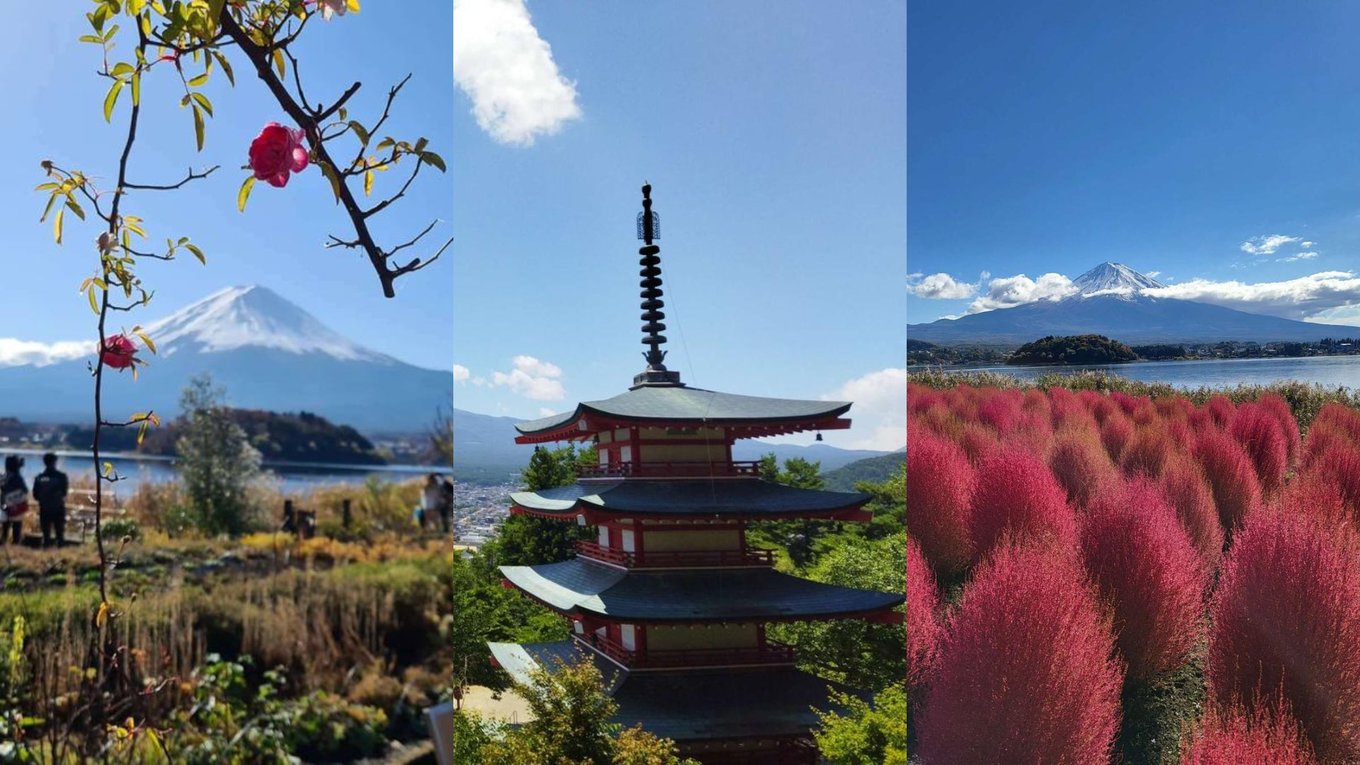

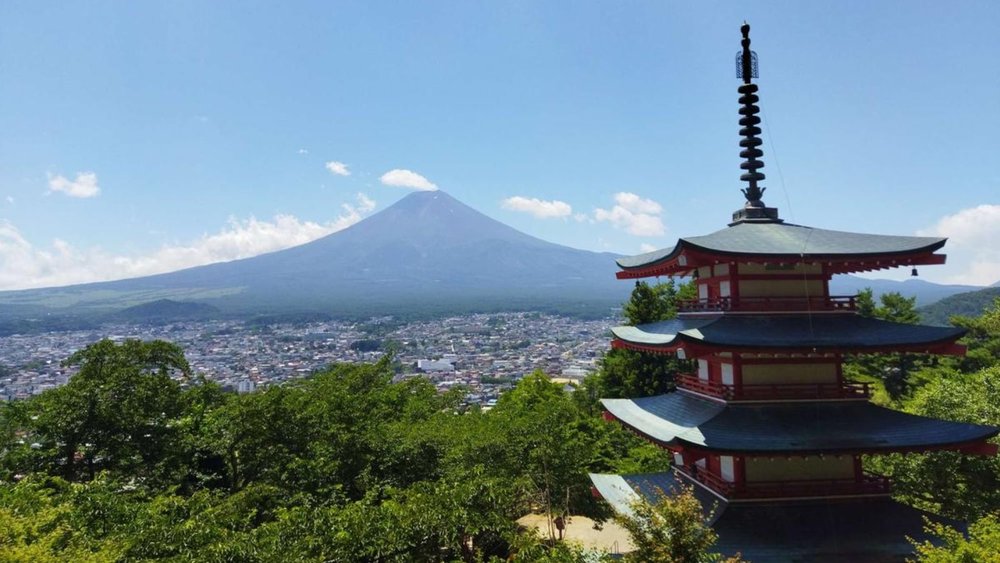
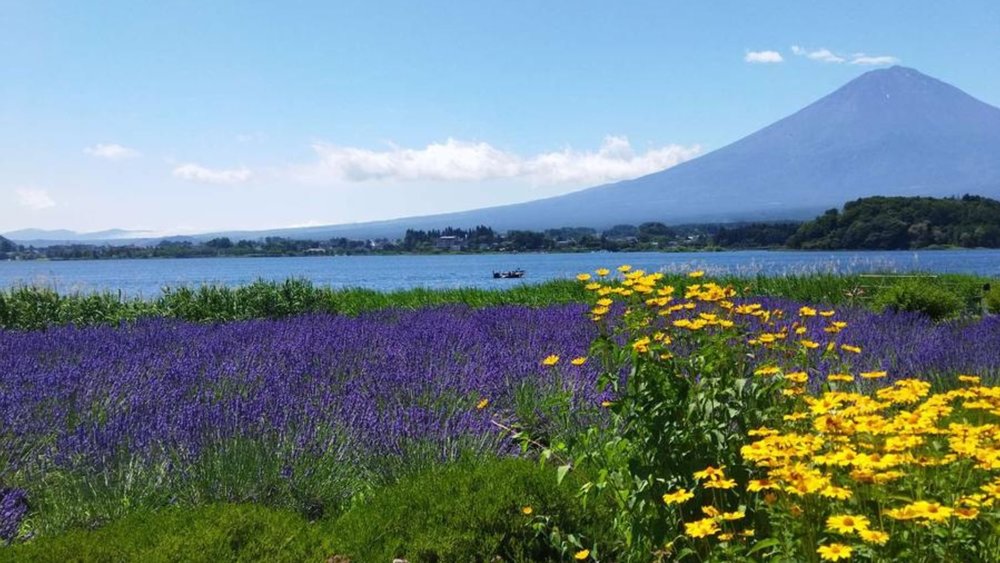
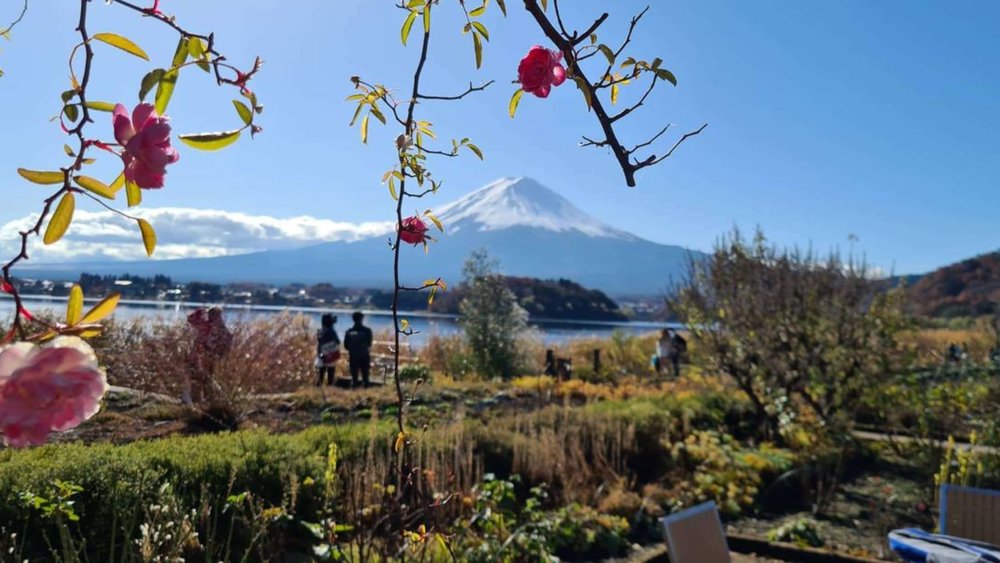

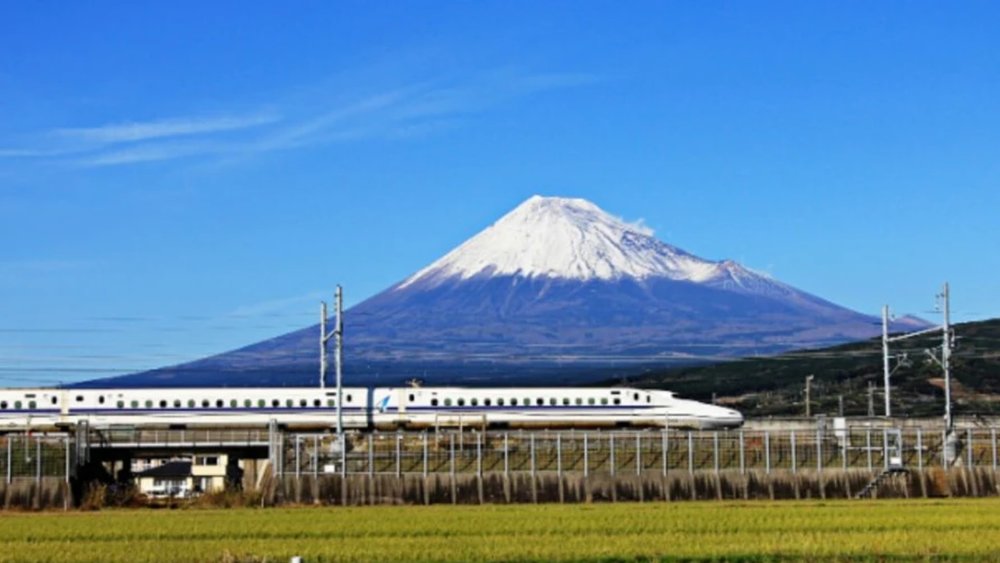
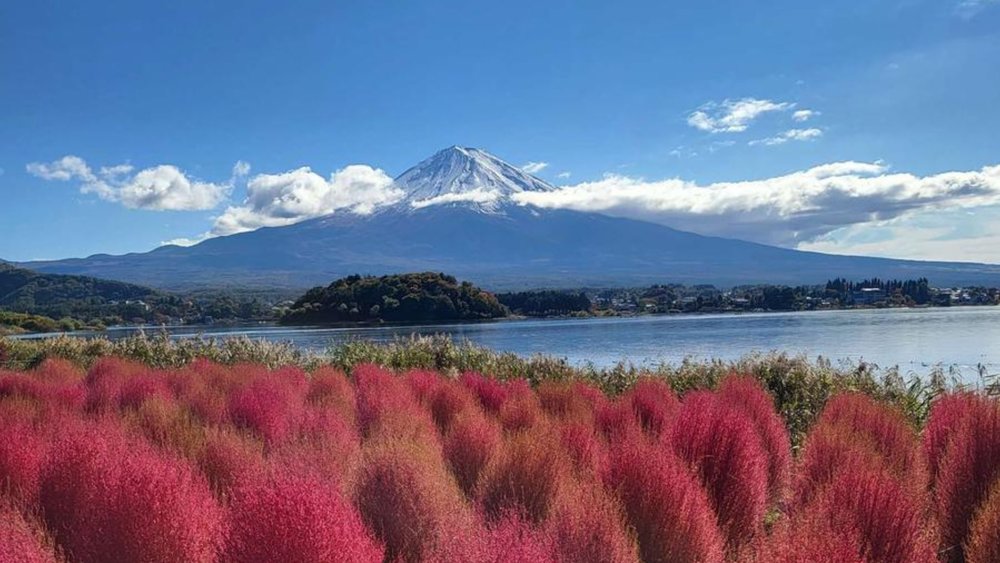

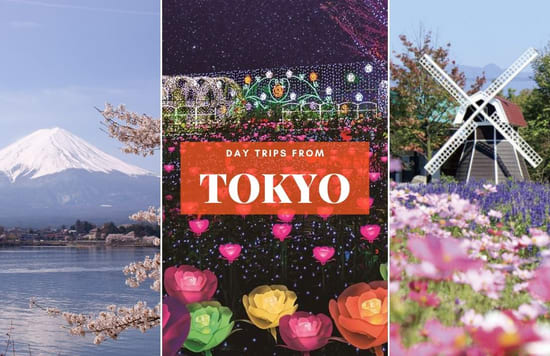
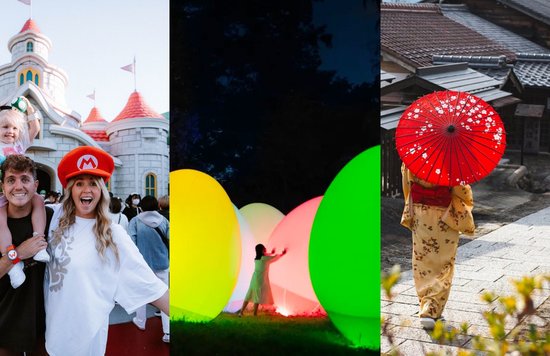
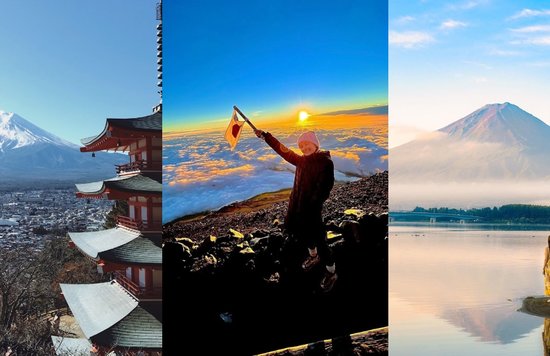



![[Updated] Complete List Of Official Nationwide MCO SOP 2021](https://res.klook.com/image/upload/fl_lossy.progressive,q_85/c_fill,w_160,h_104/v1633858858/blog/iso56uzsphmdguixkvzh.jpg)





![[Updated] Complete List Of Official Nationwide MCO SOP 2021](https://res.klook.com/image/upload/fl_lossy.progressive,q_85/c_fill,w_410,h_264/v1633858858/blog/iso56uzsphmdguixkvzh.jpg)






